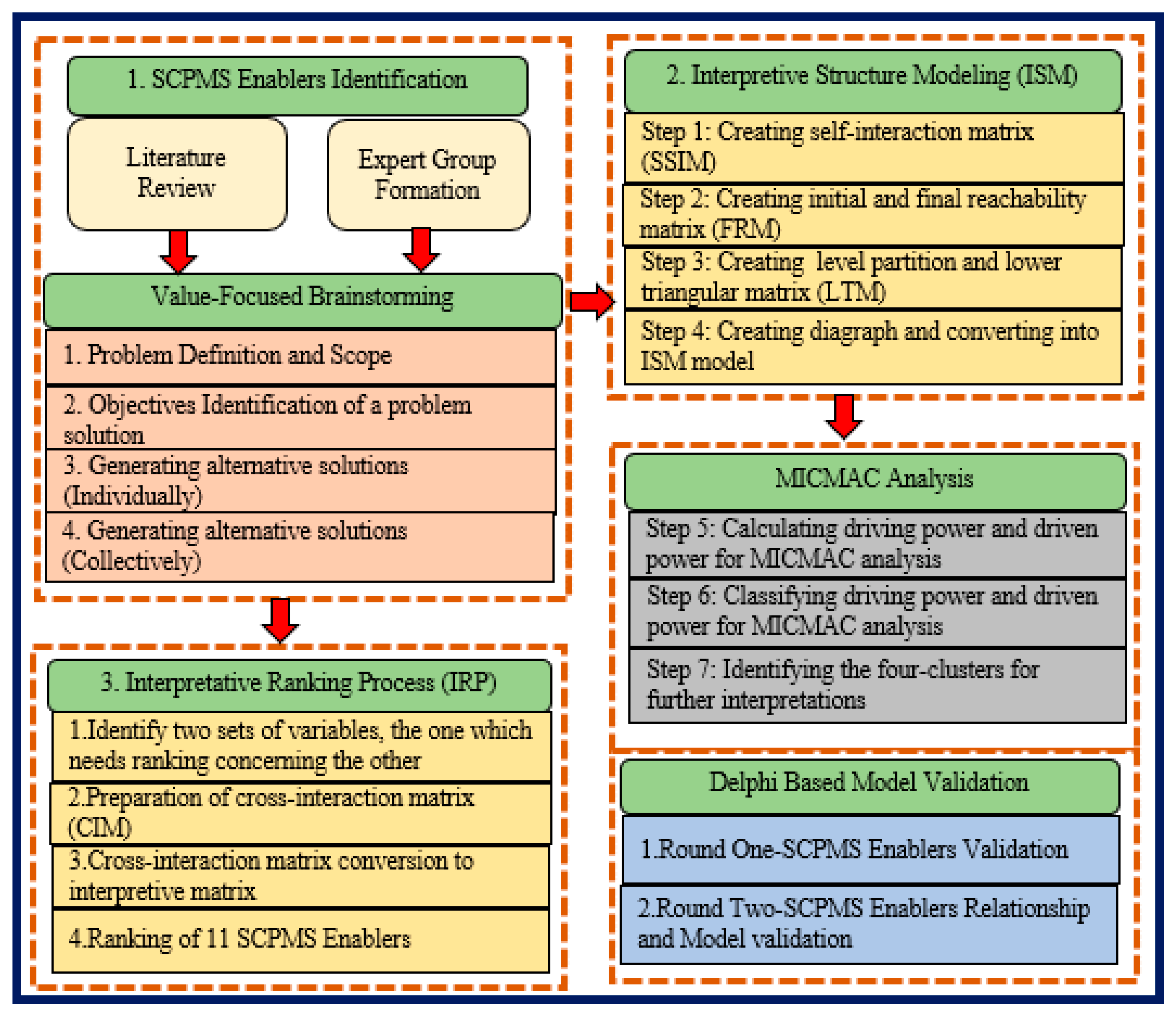Recruitment of toxin-like proteins with ancestral venom function supports endoparasitic lifestyles of Myxozoa [PeerJ]
Por um escritor misterioso
Last updated 11 abril 2025
![Recruitment of toxin-like proteins with ancestral venom function supports endoparasitic lifestyles of Myxozoa [PeerJ]](https://dfzljdn9uc3pi.cloudfront.net/2021/11208/1/fig-7-full.png)
Cnidarians are the oldest lineage of venomous animals and use nematocysts to discharge toxins. Whether venom toxins have been recruited to support parasitic lifestyles in the Endocnidozoa (Myxozoa + Polypodium) is, however, unknown. To examine this issue we variously employed transcriptomic, proteomic, associated molecular phylogenies, and localisation studies on representative primitive and derived myxozoans (Malacosporea and Myxosporea, respectively), Polypodium hydriforme, and the free-living staurozoan Calvadosia cruxmelitensis. Our transcriptomics and proteomics analyses provide evidence for expression and translation of venom toxin homologs in myxozoans. Phylogenetic placement of Kunitz type serine protease inhibitors and phospholipase A2 enzymes reveals modification of toxins inherited from ancestral free-living cnidarian toxins, and that venom diversity is reduced in myxozoans concordant with their reduced genome sizes. Various phylogenetic analyses of the Kunitz-type toxin family in Endocnidozoa suggested lineage-specific gene duplications, which offers a possible mechanism for enhancing toxin diversification. Toxin localisation in the malacosporean Buddenbrockia plumatellae substantiates toxin translation and thus illustrates a repurposing of toxin function for endoparasite development and interactions with hosts, rather than for prey capture or defence. Whether myxozoan venom candidates are expressed in transmission stages (e.g. in nematocysts or secretory vesicles) requires further investigation.
![Recruitment of toxin-like proteins with ancestral venom function supports endoparasitic lifestyles of Myxozoa [PeerJ]](https://www.researchgate.net/publication/353026404/figure/fig1/AS:1042722693599232@1625615871840/Comparison-of-venom-transcriptomes-and-species-phylogeny-A-Phylogenetic-species-tree_Q320.jpg)
Comparison of Conotoxin Transcripts for C. sponsalis. Number of
![Recruitment of toxin-like proteins with ancestral venom function supports endoparasitic lifestyles of Myxozoa [PeerJ]](https://pbs.twimg.com/media/Ez59fzMWEAQs8g1.jpg)
PeerJ - the Journal of Life & Environment on X: Recruitment of toxin-like proteins with ancestral #venom function supports endoparasitic lifestyles of Myxozoa Read the full article @NHM_London @KingsCollegeLon @usponline
![Recruitment of toxin-like proteins with ancestral venom function supports endoparasitic lifestyles of Myxozoa [PeerJ]](https://media.springernature.com/full/springer-static/image/art%3A10.1038%2Fs41467-023-40550-0/MediaObjects/41467_2023_40550_Fig1_HTML.png)
Domain loss enabled evolution of novel functions in the snake three-finger toxin gene superfamily
![Recruitment of toxin-like proteins with ancestral venom function supports endoparasitic lifestyles of Myxozoa [PeerJ]](https://media.licdn.com/dms/image/D4E22AQFxLLO2eekd1Q/feedshare-shrink_2048_1536/0/1687267423899?e=2147483647&v=beta&t=7bYKT8zb6ItnLyz3ywOaQC59AoftbzTBgJko0wNbUGw)
Liam Doonan - Technical expert: Toxicogenomics - Syngenta
![Recruitment of toxin-like proteins with ancestral venom function supports endoparasitic lifestyles of Myxozoa [PeerJ]](https://dfzljdn9uc3pi.cloudfront.net/2022/14160/1/fig-1-small.jpg)
PeerJ - King's College London, University of London Account Page
![Recruitment of toxin-like proteins with ancestral venom function supports endoparasitic lifestyles of Myxozoa [PeerJ]](https://d3i71xaburhd42.cloudfront.net/b573d0b30d73b4d2274267baf7ca618ef987b499/6-Table2-1.png)
PDF] Tissue-Specific Venom Composition and Differential Gene Expression in Sea Anemones
![Recruitment of toxin-like proteins with ancestral venom function supports endoparasitic lifestyles of Myxozoa [PeerJ]](https://media.springernature.com/m685/springer-static/image/art%3A10.1038%2Fs41598-023-34248-y/MediaObjects/41598_2023_34248_Fig2_HTML.png)
Apoptotic gene loss in Cnidaria is associated with transition to parasitism
![Recruitment of toxin-like proteins with ancestral venom function supports endoparasitic lifestyles of Myxozoa [PeerJ]](https://d3i71xaburhd42.cloudfront.net/0b9b75535bc19c1335b426b0260e271a0c2bddea/4-Figure2-1.png)
PDF] Tentacle Transcriptome and Venom Proteome of the Pacific Sea Nettle, Chrysaora fuscescens (Cnidaria: Scyphozoa)
![Recruitment of toxin-like proteins with ancestral venom function supports endoparasitic lifestyles of Myxozoa [PeerJ]](https://www.researchgate.net/profile/E-Chang/publication/284167014/figure/fig2/AS:667931050508290@1536258580372/Phylogenetic-tree-generated-from-a-matrix-of-51-940-amino-acid-positions-and-77-taxa_Q320.jpg)
PDF) Genomic insights into the evolutionary origin of Myxozoa within Cnidaria
![Recruitment of toxin-like proteins with ancestral venom function supports endoparasitic lifestyles of Myxozoa [PeerJ]](https://d3i71xaburhd42.cloudfront.net/b573d0b30d73b4d2274267baf7ca618ef987b499/2-Figure1-1.png)
PDF] Tissue-Specific Venom Composition and Differential Gene Expression in Sea Anemones
![Recruitment of toxin-like proteins with ancestral venom function supports endoparasitic lifestyles of Myxozoa [PeerJ]](https://d3i71xaburhd42.cloudfront.net/0b9b75535bc19c1335b426b0260e271a0c2bddea/3-Table1-1.png)
PDF] Tentacle Transcriptome and Venom Proteome of the Pacific Sea Nettle, Chrysaora fuscescens (Cnidaria: Scyphozoa)
Recomendado para você
-
 SCP-666-J - SCP Foundation11 abril 2025
SCP-666-J - SCP Foundation11 abril 2025 -
 Hell hath no fury like 666 and a half. : r/DankMemesFromSite1911 abril 2025
Hell hath no fury like 666 and a half. : r/DankMemesFromSite1911 abril 2025 -
 SCP-666-J by wcender on DeviantArt11 abril 2025
SCP-666-J by wcender on DeviantArt11 abril 2025 -
 Scp Reacts - SCP-666 1/2-J - Wattpad11 abril 2025
Scp Reacts - SCP-666 1/2-J - Wattpad11 abril 2025 -
 SCP-666-1/2-J stand stats : r/DankMemesFromSite1911 abril 2025
SCP-666-1/2-J stand stats : r/DankMemesFromSite1911 abril 2025 -
Dr Gerald (SCP-666-J) vs SCP-939. #fyp #fypシ #viral #trending #brainde11 abril 2025
-
 Sustainability, Free Full-Text11 abril 2025
Sustainability, Free Full-Text11 abril 2025 -
 Improved Characterization of Ultralow‐Velocity Zones Through Advances in Bayesian Inversion of ScP Waveforms - Pachhai - 2023 - Journal of Geophysical Research: Solid Earth - Wiley Online Library11 abril 2025
Improved Characterization of Ultralow‐Velocity Zones Through Advances in Bayesian Inversion of ScP Waveforms - Pachhai - 2023 - Journal of Geophysical Research: Solid Earth - Wiley Online Library11 abril 2025 -
 8Bitdo Pro 2 Bluetooth Controller for Switch/Switch OLED, PC, macOS, Android, Steam & Raspberry Pi (Black Edition) - Nintendo Switch & Sn30 Pro Bluetooth Gamepad (Gray Edition) - Nintendo Switch11 abril 2025
8Bitdo Pro 2 Bluetooth Controller for Switch/Switch OLED, PC, macOS, Android, Steam & Raspberry Pi (Black Edition) - Nintendo Switch & Sn30 Pro Bluetooth Gamepad (Gray Edition) - Nintendo Switch11 abril 2025 -
 We all know what the right option is. : r/DankMemesFromSite1911 abril 2025
We all know what the right option is. : r/DankMemesFromSite1911 abril 2025
você pode gostar
-
 Aviator Bet365 - Jogue o jogo de Aviator no Bet365 Cassino Brasil11 abril 2025
Aviator Bet365 - Jogue o jogo de Aviator no Bet365 Cassino Brasil11 abril 2025 -
 Fruits Basket (2019) Dublado - Animes Online11 abril 2025
Fruits Basket (2019) Dublado - Animes Online11 abril 2025 -
 Santos x Flamengo ao vivo e online, onde assistir, que horas é11 abril 2025
Santos x Flamengo ao vivo e online, onde assistir, que horas é11 abril 2025 -
Mega-Sena: apostas de BH e outras 5 cidades de MG ganham R$ 36 mil na quina11 abril 2025
-
 Previews of Silent Hill 2 Remake Statues by Gecco - Silent Hill11 abril 2025
Previews of Silent Hill 2 Remake Statues by Gecco - Silent Hill11 abril 2025 -
 Fórmula 1: como assistir ao GP da Arábia Saudita online gratuitamente11 abril 2025
Fórmula 1: como assistir ao GP da Arábia Saudita online gratuitamente11 abril 2025 -
 Epic Games Booster Packs11 abril 2025
Epic Games Booster Packs11 abril 2025 -
 mondaiji-tachi ga isekai kara kuru sou desu yo gif11 abril 2025
mondaiji-tachi ga isekai kara kuru sou desu yo gif11 abril 2025 -
 Blue Beetle' Cast & Character Guide: Meet the Stars of the Latest11 abril 2025
Blue Beetle' Cast & Character Guide: Meet the Stars of the Latest11 abril 2025 -
 Super Mario 3D All Stars Nintendo Switch (Jogo Mídia Física11 abril 2025
Super Mario 3D All Stars Nintendo Switch (Jogo Mídia Física11 abril 2025

